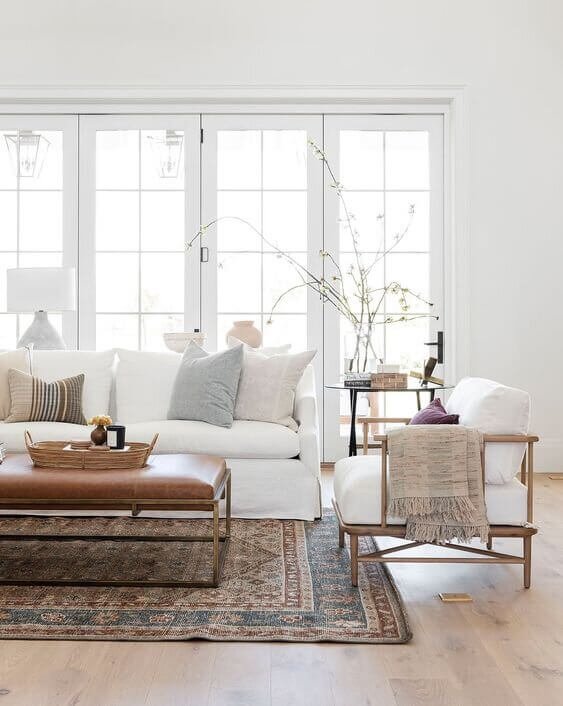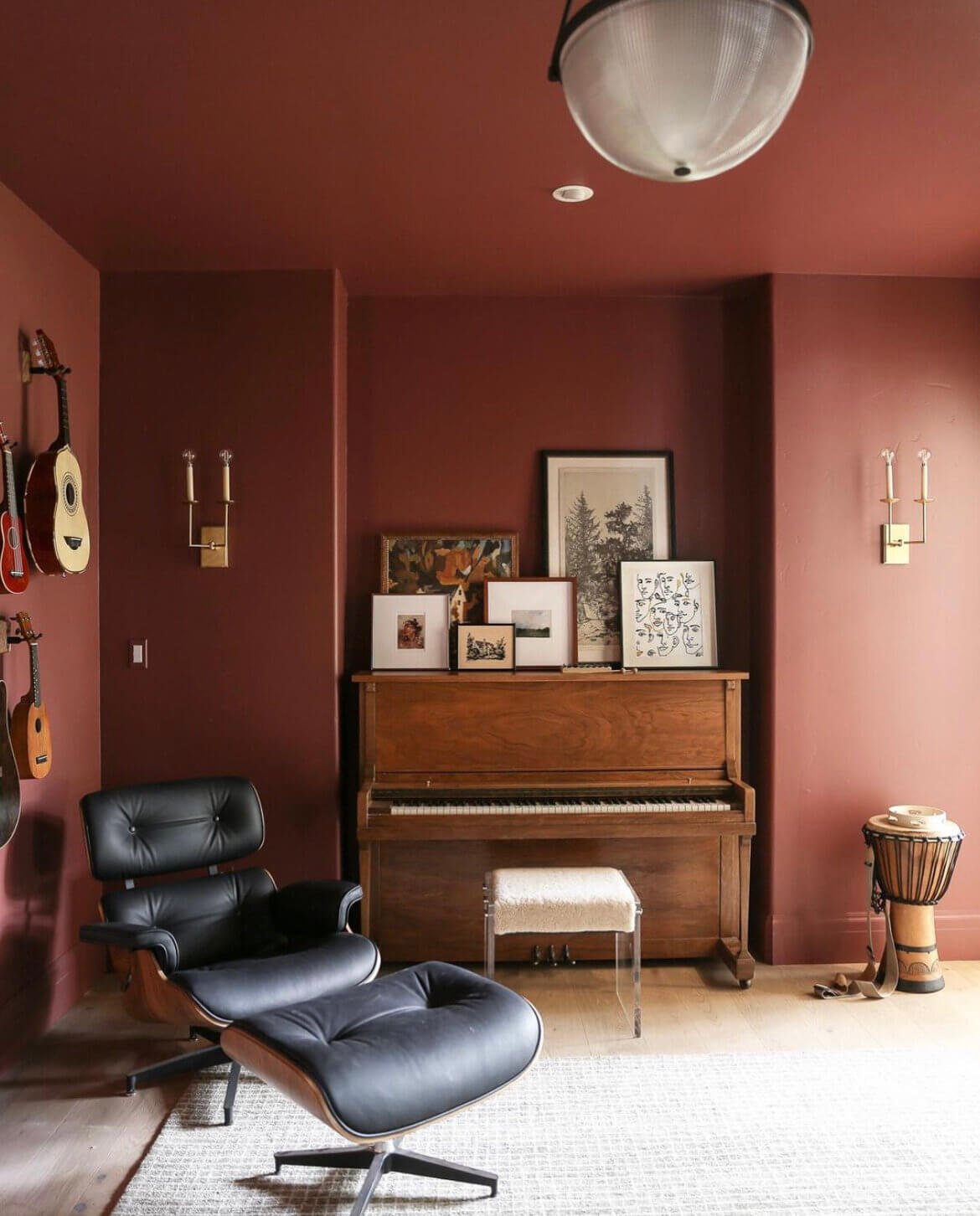Maximize Your Space: Designer Tips to Make a Room Feel Bigger
February 27, 2024
Creating a spacious feel in your home is an art, and it doesn't always require a large space. Whether you're dealing with a cozy apartment or simply want to optimize the room you have, these 5 tips will instantly transform your space.
Before you start, declutter and organize. A clutter-free space automatically feels more expansive; it allows for better circulation and creates a feeling of spaciousness. Before organizing, take stock of your belongings. Consider what items are essential and contribute positively to the aesthetics and functionality of the space. Incorporating multifunctional furniture is a practical approach to maximizing space. Furniture with built-in storage serves a dual purpose—providing functionality while minimizing visual clutter. And don’t forget to utilize vertical space; it’s vital for creating an illusion of height and, consequently, a larger room.
Tip #1: Optimize Furniture Scale
Before making any furniture purchase, precision is key. Measure your space meticulously, considering both old and new pieces. Oversized furniture can overwhelm a room, making it feel cramped, while undersized pieces may leave the space feeling incomplete.
Keep in mind the importance of clear pathways around your furniture. Use some painter’s tape to draw up the size of the new piece. You can test it out before purchasing and confirm that the size works in your space.
Some space planning tips: Ensure a smooth flow by allowing 12”-16” clearance around a coffee table, 10-12” spacing between a couch and chair to allow for legroom, and a minimum of 36” from the dining table to the wall.
Consider incorporating glass furniture where possible. Its transparency tricks the eye and imparts a lightness that solid pieces can't match.
Tip #2: Rethink the Rug Size
When it comes to rugs, size matters. Opt for larger rugs to ground your furniture and visually expand your space. If you have a smaller rug, you can layer a large jute rug underneath to complete the space.
To figure out which rug size to get, here are a few things to remember:
In the living room, ensure that the front legs of all seating rest on the rug at a minimum. For dining areas, provide extra room on all sides of the table to accommodate chair movement.
Rugs are great to add texture, warmth, and bonus: they’re also nice on the feet.
Source: Studio McGee
Tip #3: Mirrors
Mirrors, available in various sizes and styles, are a versatile addition to any space. Strategically placing mirrors in your room not only adds a touch of elegance but also amplifies the perception of space.
Even in areas with limited natural light or without nearby windows, mirrors work wonders by reflecting their surroundings, creating the illusion of a more expansive environment.
It’s definitely one of our favourite tips. It’s as functional as it is visually pleasing.
Tip #4: Paint Colour - Beyond White Walls
While white walls have become a popular choice, it's crucial to understand that painting a room white doesn't guarantee instant brightness.
Factors like room orientation, light source (natural or artificial), and colour undertones play a significant role. With hundreds of white paint options available, each with its undertones, blindly opting for white may result in a cold, greyish hue, especially in north-facing rooms.
Ultimately, white paint is not always the answer.
Consider embracing saturated colours to add depth and a cozy factor. The right paint colour can transform a room, creating a harmonious and inviting atmosphere. Experiment with different shades to find the perfect match for your space. I love this before/after in the house of Chris Loves Julia here:
Music room in Chris Loves Julia’s home
This room is located in the middle of their house, with no windows, and they decided to drench the room by painting the walls, mouldings and ceiling this deep burgundy. If you look at the before photo (below), their room had off-white walls with contrasting trim. Don’t you think their room feels bigger when painted a darker colour? We’re here for it.
The Before Photo:
Music room in Chris Loves Julia’s house.
Tip #5: Drapery
Drapes are often overlooked, but at ADC, we think they are the jewelry of a room. Adding drapes to complete your space is a great way to incorporate a pattern or colour. I don’t like the rule that you have to install your rod to the ceiling; it really depends on your windows and overall style. When it works, installing the drapes close to the ceiling will draw the eye upward, creating the illusion of higher ceilings and, consequently, a more expansive room. The other option I like is to install the rod between the ceiling or crown moulding and the top window trim. Ensure your curtains extend at least 10 inches on each side of the window for the appearance of a wider window.
Two things to avoid: Installing the rod right at the window trim and buying short curtains, we should never see floating curtain panels. This has the opposite effect by making your window and room feel smaller than they are.
Another favourite window treatment is Roman shades. I love their versatility; they can be on their own or easily paired with drapes. They’re great to install if you have a heat source under your window or lack space on either side of the window.
Remember, window coverings are a vital element in shaping the overall look and feel of a space. Embrace the opportunity to experiment with patterns, textures, and colours to infuse personality into your home.
Incorporate these additional tips into your interior design arsenal, and watch as your rooms transform into inviting spaces. Feel free to reach out if you have any questions or need assistance in bringing these ideas to life in your home!



